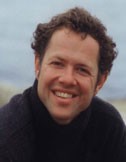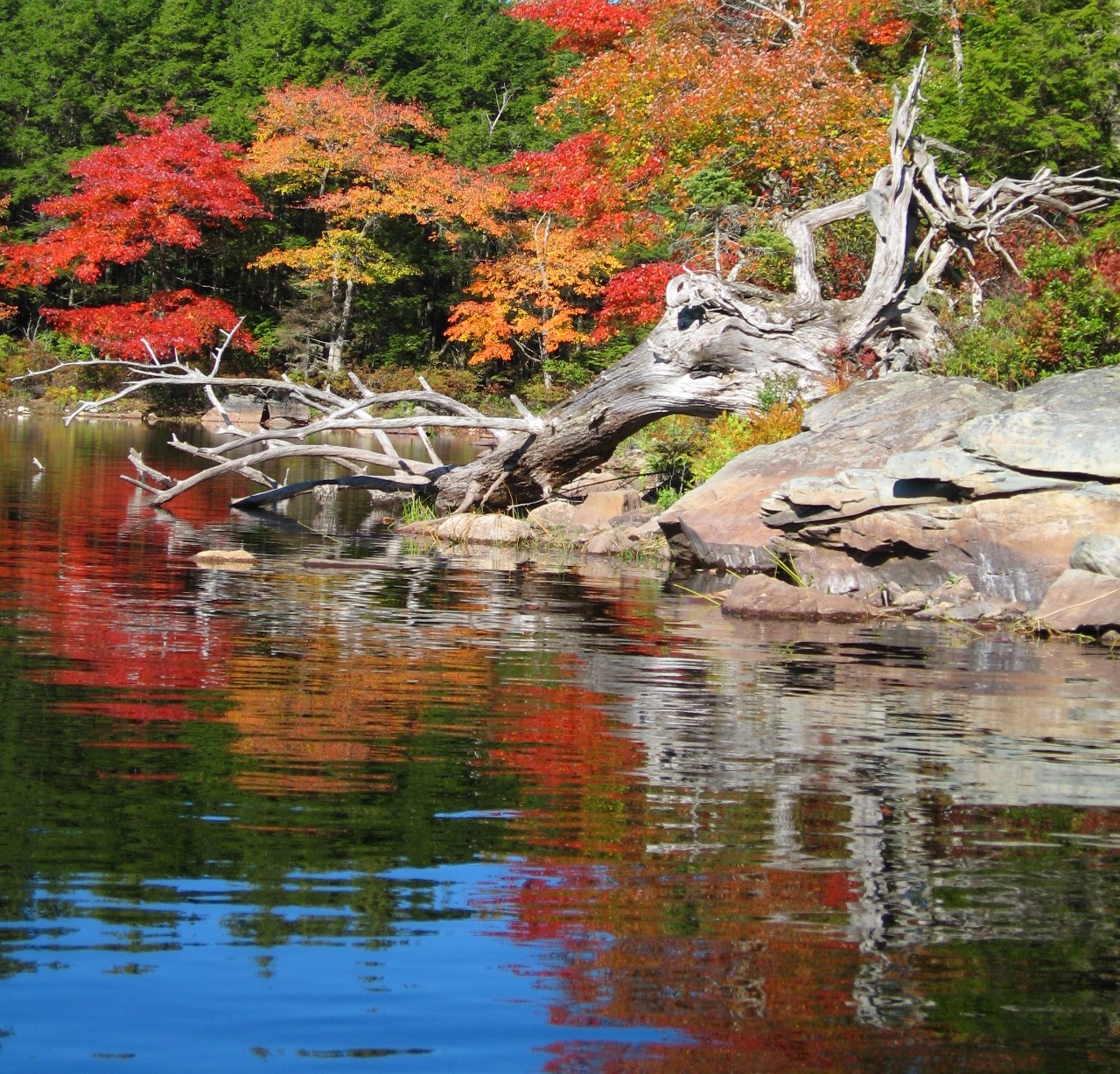Boris Worm
 |
Dr. Boris Worm PROFESSOR MSc (University of Kiel, Germany, 1996), PhD (University of Kiel, Germany, 2000) PostDoc Dalhousie University (2000-2003) PostDoc Leibniz Institute for Marine Science, Kiel, Germany (2003-2004) Assistant Professor in Marine Conservation Biology, Dalhousie University (2004-2008) Associate Professor, Biology, Dalhousie University (2008-2011) Full Professor, Biology, Dalhousie University (Since 2012) |
|
| Teaching & Research marine conservation biology, biodiversity science, community ecology, macroecology
Apart from looming species extinctions there are some wider ecosystem concerns. Species do play an important role in maintaining aquatic ecosystem functioning and the elimination of some large predators and herbivores from inshore areas has triggered cascading ecosystem effects, which contributed to the loss of ecosystem goods and services and the collapse of some coastal ecosystems. If similar changes occur in the open ocean they are bound to be massive in scale, and probably difficult to reverse. This is why our lab tries to quantify both patterns and trends in marine biodiversity, to understand the consequences of these changes, and to document practical solutions that can halt or reverse deleterious trends. In our research my students and I employ a combination of experimental, observational, and analytical techniques. |
||
|
||

 y interests in teaching and research focus on the causes and consequences of changes in marine biodiversity, and its conservation on a global scale. The oceanic ecosystem is by far the largest on Earth, covering more than 70% of the planet by area and an even larger percentage by volume. Human domination of this ecosystem is rapidly expanding through the effects of overfishing, habitat destruction, pollution and climate change. Serious conservation concerns arise as many species are driven to dangerously low levels.
y interests in teaching and research focus on the causes and consequences of changes in marine biodiversity, and its conservation on a global scale. The oceanic ecosystem is by far the largest on Earth, covering more than 70% of the planet by area and an even larger percentage by volume. Human domination of this ecosystem is rapidly expanding through the effects of overfishing, habitat destruction, pollution and climate change. Serious conservation concerns arise as many species are driven to dangerously low levels.